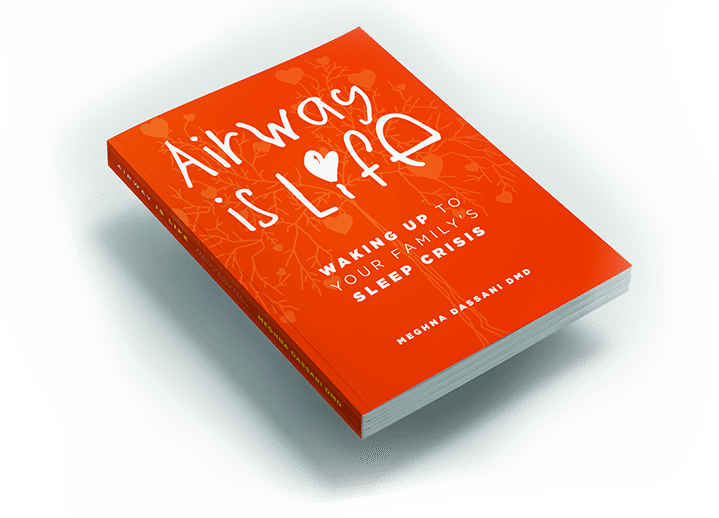Sleep apnea and overactive bladder – Exploring the surprising link
Two seemingly unrelated health issues, sleep apnea and overactive bladder, may be connected.
Sleep apnea affects a person’s breathing while they sleep. An overactive bladder causes sudden urges to urinate. And research has found a possible link between these two conditions.
Whether you’re curious about how your body works or looking for insights into your health, understanding this connection could offer new insights into managing both issues more effectively.
What is sleep apnea – Types, symptoms, and treatment options
Sleep apnea is a sleep disorder characterized by pauses in breathing or shallow breaths during sleep. These pauses can last from a few seconds to minutes and occur multiple times per hour. There are three types of sleep apnea…
Obstructive sleep apnea (OSA): This is the most common form. It occurs when the muscles at the back of the throat relax excessively during sleep, leading to a blockage of the airway. This obstruction can cause snoring, gasping, or choking during sleep.
Central sleep apnea (CSA): In this type of sleep apnea, the brain fails to send the proper signals to the muscles that control breathing. As a result, breathing becomes irregular or may stop altogether for short periods.
Complex sleep apnea syndrome (CompSA): The last form of sleep apnea is also known as treatment-emergent central sleep apnea. It occurs when a person has both obstructive sleep apnea and central sleep apnea.
Sleep apnea leads to fragmented and poor-quality sleep, which can result in daytime sleepiness, fatigue, irritability, and serious health issues, like high blood pressure, heart disease, stroke, and diabetes.
Sleep apnea treatment options include lifestyle changes, like weight loss and positional therapy, or medical interventions, such as continuous positive airway pressure (CPAP) therapy.
Understanding overactive bladder (OAB)
Overactive bladder is a condition characterized by a frequent and sudden urge to urinate. This urgency can sometimes lead to urinary incontinence, where a person leaks urine before reaching a toilet.
OAB occurs when the bladder muscles contract involuntarily, causing the urge to urinate even when the bladder isn’t full. These contractions can disrupt daily life and may cause embarrassment or anxiety. The exact cause of OAB is not always clear, but it may be related to issues with the nerves or muscles that control bladder function.
Treatment for OAB includes lifestyle changes (such as bladder training and dietary modifications), pelvic floor exercises, medications to relax the bladder muscles, and, in some cases, surgery.
The potential link between sleep apnea and overactive bladder
Evidence suggests a potential link between sleep apnea and overactive bladder. The connection lies in how both conditions disrupt sleep duration and quality due to the need to urinate frequently. A 2018 study points to a relationship between sleep apnea and urologic problems, which are also common with OAB.
The need to use the bathroom multiple times at night is called nocturia. As previously discussed, this is a typical symptom of OAB. Nocturia also occurs in around 50% of people with sleep apnea, as sleep apnea affects the hormone atrial natriuretic peptide (ANP), which makes the body produce more urine at night.
Sleep disruptions caused by nocturia occurring with both sleep apnea and OAB can negatively impact a person’s overall health and well-being.
Managing sleep apnea and overactive bladder
If you’ve received a diagnoses of sleep apnea and OAB, you should work with your healthcare provider to develop a comprehensive treatment plan. Managing sleep apnea through CPAP therapy or oral appliances can improve sleep quality and reduce symptoms, which, in turn, may positively impact OAB symptoms.
More research is needed to fully understand the link between sleep apnea and OAB. But enough evidence shows that the two conditions can operate in tandem to decrease a person’s quality of life.
If you experience symptoms of either condition, seek medical attention for an accurate diagnosis and appropriate treatment. By addressing sleep apnea and overactive bladder together, you can live a longer, healthier, and happier life.
Dr. Meghna Dassani has practiced dentistry for over two decades and is passionate about the role dentists play in whole-body health. You can learn more at her website: MeghnaDassani.com.
Healthy Sleep Revolution Podcast
Snoring? Tired all day? Trouble focusing?
So many think these symptoms are common in kids and adults when tired. Join us as we debunk some of these common myths and put the spotlight on Sleep Apnea. Discover what constitutes healthy sleep and how we can help ourselves and our kids get the best sleep ever.


